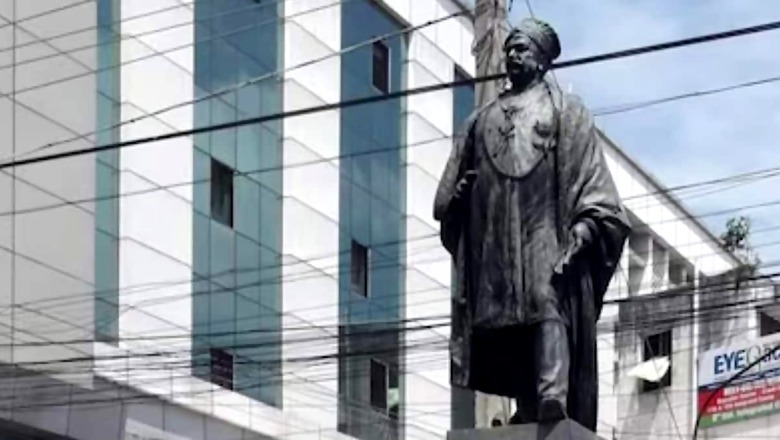
views
Thiruvananthapuram is known as the city of statues, with statues located in all major areas of the city. One prominent location is Statue Junction, which features a large and historic statue. The oldest statue in the city, established in 1894, is that of T Madhavarao, situated near the Secretariat in the heart of Thiruvananthapuram. T Madhavarao served as the Diwan of Travancore for fifteen years, from 1857 to 1872.
During his tenure, Travancore underwent significant changes, with major advancements in education, legislation, public works, healthcare, immunization, public health, and agriculture.
Raja Sir Thanjavur Madhava Rao (1828 – April 4, 1891) was a distinguished officer, administrator, and public figure in the Indian Civil Service, also known as Sir Madhava Rao Thanjavurkar. He was the Diwan of Travancore from 1857 to 1872, and later served as the Diwan of Indore from 1873 to 1875 and Baroda from 1875 to 1882. He was the son of Venkata Rao’s brother, Ranka Rao, and was born into a Thanjavur Marathi family in Kumbakonam in 1828. He received his education in Madras.
After spending two years in the Madras Civil Service, Madhava Rao was appointed as the tutor to the princes of Travancore. Impressed by his capabilities, the royal family assigned him to the revenue department, where he steadily rose through the ranks and became Diwan in 1857. Under his leadership, Travancore saw major advancements in various sectors, and the public debt was eliminated. He resigned from his position in 1872 and returned to Madras, later becoming one of the early leaders of the Indian National Congress. He passed away in 1891 at the age of 63 in Mylapore, Madras.
His administrative talents earned him widespread recognition, with British ruler Henry Fawcett referring to him as the Turgot of India. In 1866, he was honoured as a Knight Commander of the Order of the Star of India. After resigning as Diwan, Madhava Rao entered politics, where he played a significant role in the early days of the Indian National Congress.
















Comments
0 comment